Symbiotic will become the biggest player in restaking very soon. With the founders of Paradigm Fund and Lido Finance behind the project, their ambitions do not fall short of leading EigenLayer.
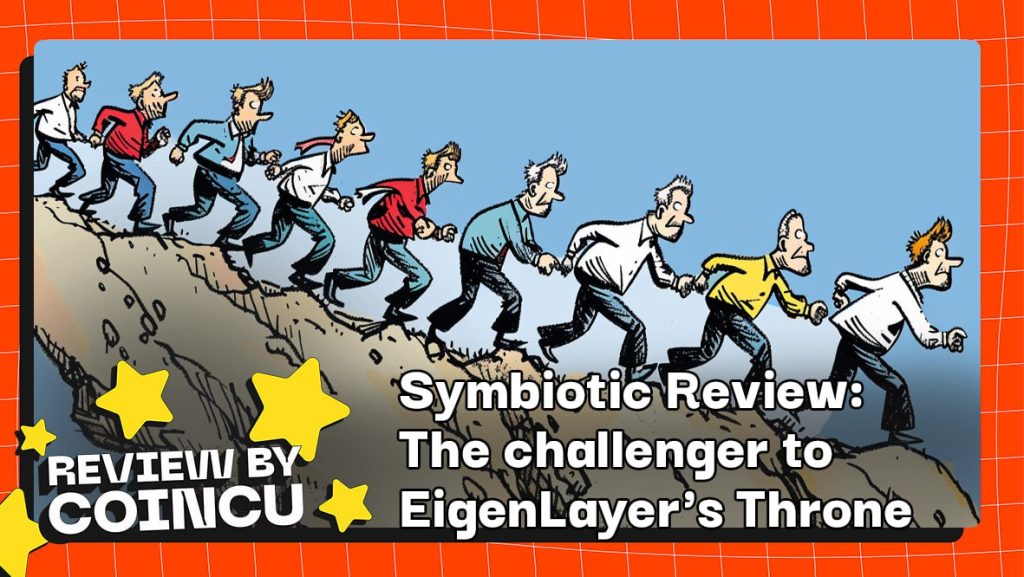
What is Symbiotic?
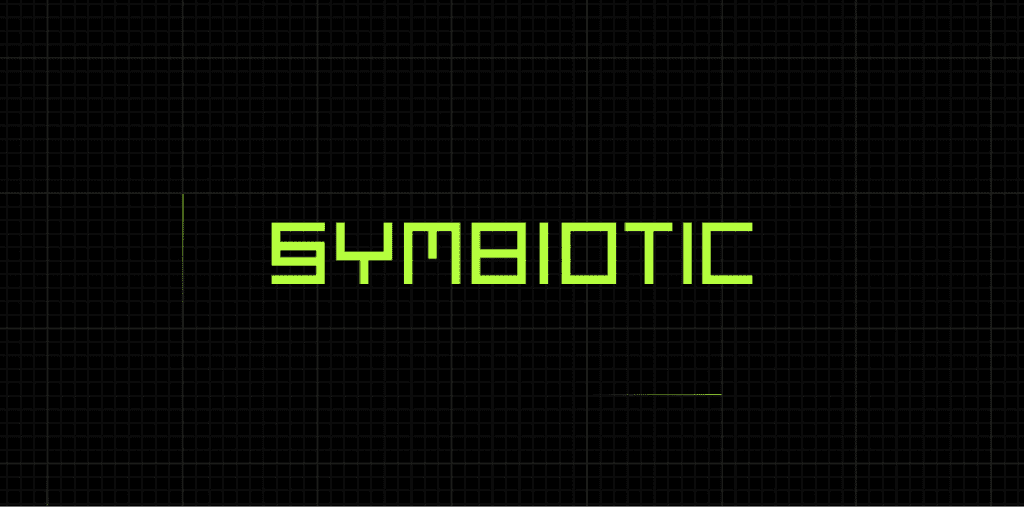
Symbiotic is a restaking project and can be referred to as the sibling project to EigenLayer. It was created by a team very close to Lido, one of the giants in DeFi. The main purpose of this project is to make any available ERC-20 assets represent shares in validators, which in turn help operate blockchains or crypto protocols. Target customers include projects, developers, and companies looking to hire validators to run blockchains or dApps without investing heavily in building their infrastructure.
The community will also be interested in the origin story. Symbiotic was conceived when EigenLayer dominated the restaking segment at the seeming expense of Lido. This likely puts the Lido team under pressure to devise Symbiotic and regain market share. Furthermore, the project’s funding is done by Paradigm—a fund with a “deep feud” with EigenLayer after its founder, Sreeram Kannan, rejected it. This background lends an element of exciting competition and narrative to the very development of Symbiotic.
Read More: Eigen Labs Acquires Rio Network to Enhance EigenLayer Ecosystem
Main Feature
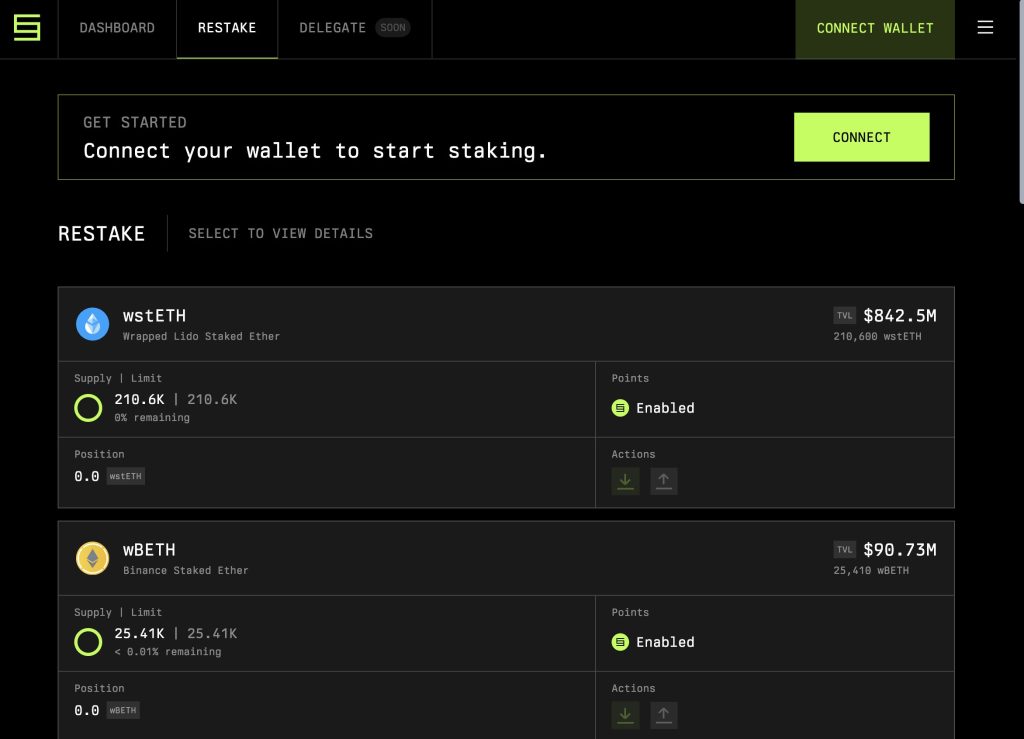
The project provides its services mainly to the following three entities:
- Restakers: Restaking ERC-20 assets like ETH, WBTC, LINK, UNI, PEPE, SHIB, and others for added security for validators on Symbiotic. The protocol only accepts LSTs from liquid staking tokens like stETH, cbETH, wBETH, and rETH. Restaking can be done through Liquid Restaking protocols as well.
- Validators: Secured by restaked assets on Symbiotic, validators execute customer-requested projects and run under the Proof of Stake mechanism.
- Networks: Projects or developers seeking to use services provided by Symbiotic’s validators in running chains, protocols, or dApps.
Key Benefits
The project resolves the concern of a validator shortage to operate chains and projects by accepting ERC-20 assets as security shares. This provides enhanced security to the validator and creates a passive income source for the asset holders.
Recent Developments
The project has provided a deposit and withdrawal portal that supports LST assets, specifically wstETH, cbETH, wBETH, and rETH. Currently, the amount of underlying assets users can deposit into the protocol is constrained. During its first phase on June 11, 2024, it reached the TVL $250 million limit within one day. The project wants to continue increasing the deposit limit, adding more assets, and rewarding its users with Points soon.
Read More: Renzo, the $4b Liquid Restaking Protocol, Raises $17M to Expand Restaking Services
How does it work?
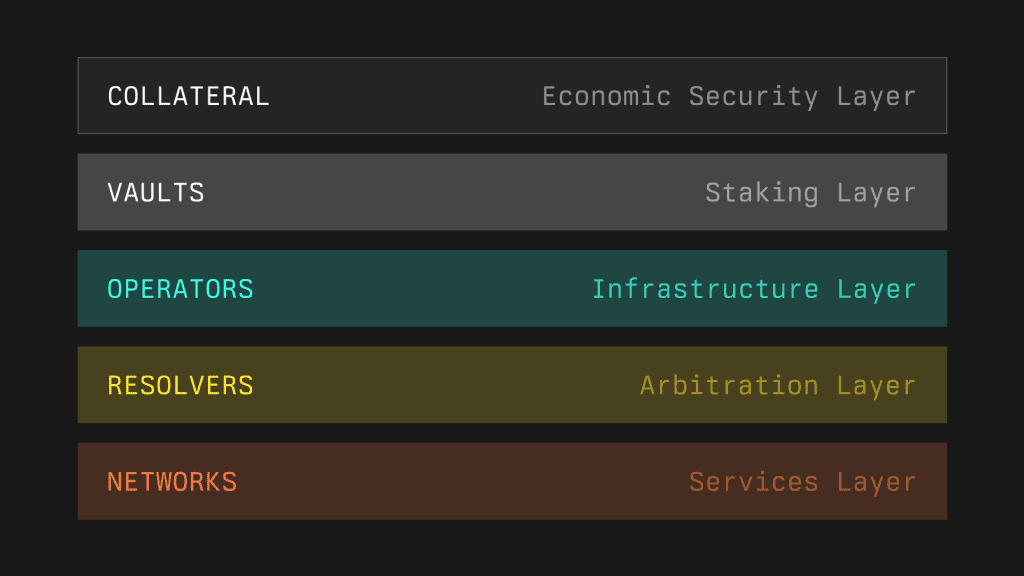
The structure includes the following five major components, each performing certain specialized tasks:
- Collateral: An ERC-20 standard collateral asset on multiple chains to better secure Symbiotic validators.
- Vaults: They serve as a repository for assets deposited into the protocol. Each vault holds a unique asset and manages all deposits, withdrawals, reward distributions, and asset slashing in case of validator misbehaviour.
- Operators: The person, individual, or company running a validator. Operators care about updating software, running system maintenance, and keeping nodes stable. They earn profits in service fees for running the validation service.
- Resolvers: Smart contracts or other entities operating under the terms proposed by the Network and accepted by the Vault. It is entrusted to make vetoes or approval decisions for delegated slashing requests to a validator in a manner that makes the system transparent and stable.
- Networks: Any smart protocol or chain project requiring decentralized network infrastructure to function. In Symbiotic, “Networks” work very similarly to EigenLayer’s meaning in AVS.
It clearly defines roles, giving the project a robust and transparent operation that enhances security and efficiency in the decentralized ecosystem.
Tokenomics
Currently, the project has not released official information about tokenomics.
Team, Investors, and Partner
Team
- Misha Putiatin (Chief Executive Officer): Misha has a Bachelor’s in Computer Engineering from the National Research University of Electronic Technology. His work experience includes auditing with KPMG, analysis with VTB Capital, and being a director at MixBytes, a company involved in auditing and supporting blockchain development projects.

- Algys Levlev (Founder & Head of Audit): Before joining MixBytes, Algys developed software for Mail.Ru Group and became Chief Technology Officer. At MixBytes, Algys met Misha Putiatin. Together, they founded the auditing company Statemind and launched the development of the Symbiotic restaking project.

- Mariia Zhuravleva, Chief Operating Officer: She served in several vice-presidential positions at several companies: Chief of Staff at Rossoil, Chief Administrative Officer at Cointelegraph, Operations Manager at Moeco, and COO at Woodenshark and Alter.

- Egor Aganin, Blockchain Auditor: Egor has developed several software and blockchain application developments. His past roles were Android Developer at eKassir, a payment application; lead Android Developer at Cardsmobile, a loyalty information storage application; Blockchain Engineer at WOWswap, a leveraged trading protocol on Solana; and ITPO Group, a platform for KOLs to interact with audiences.

Team Capabilities
The Symbiotic team has vast experience auditing smart contracts; their work was highly praised by leading DeFi projects such as Lido and Curve Finance. Furthermore, the founders add management experience, while engineer Egor Aganin is rich in experience developing blockchain dApps. Such a set of skills and expertise makes the team quite adept at steering the growth and development of its project.
Investors
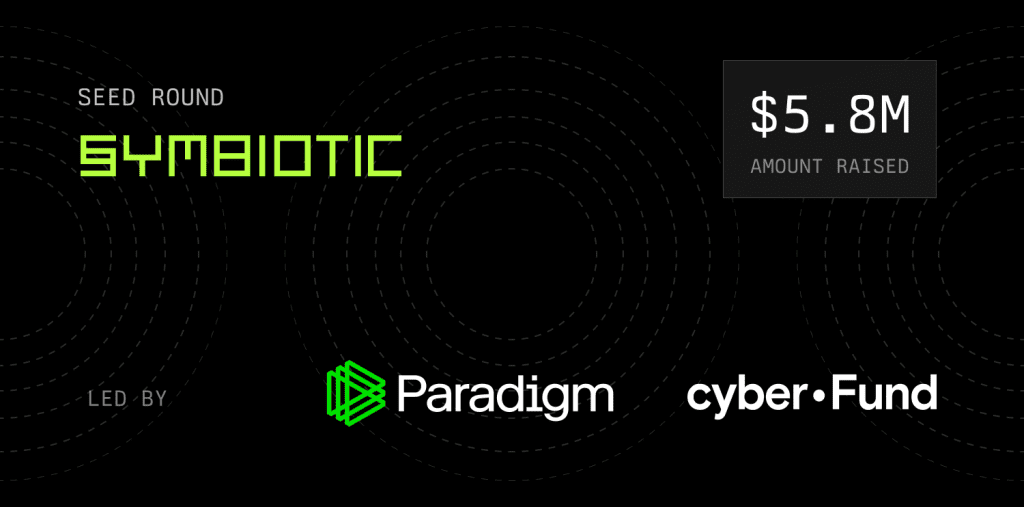
Symbiotic raised $5.8 million in a seed round on the 11th of June, 2024, led by Paradigm and CyperFund, the latter managed by the founders of Lido.
Partners

Symbiotic integrated with the following notable projects:
- Ethena: Integrating Symbiotic into LayerZero’s DVN to secure the cross-chain transfer of assets like USDe and ENA.
- Hyperlane: To explore the Interchain Security Module powered by Symbiotic.
- Aori: They have plans to integrate Symbiotic to manage their high-frequency order book.
- Drosera: Partners with Symbiotic to research and implement restaking security on Ethereum Layer 2 solutions.
- Ojo: Making improvements to cross-chain Oracle network security through Symbiotic.
- Rollkit: Integrating Symbiotic validator as Sequencer in their modular stack for supporting Rollup chain launches.
- Mind Network: Leverages the restaking services of Symbiotic in conjunction with Fully Homomorphic Encryption for advanced security.
These partnerships underline the increasing prominence Symbiotic is getting, not to mention the vast application potential of their restaking technology across a range of use cases within the blockchain ecosystem.
Roadmap
Currently, the project has not officially announced any information about the roadmap.
Conclusion
Symbiotic is developing in the up-and-coming field of restaking. This direction is now occupied by EigenLayer, the first to develop the market concept.
CoinCu considers Symbiotic a project with huge potential. Due to its inherent problems, it could reshape the industry and find a warm welcome among the community. Now, you can also hunt for an airdrop of this project.
FAQs
1. What is “Permissionless Restaking”?
Permissionless restaking means that anyone can participate in the restaking process without approval. This improves decentralization and, thus, the security of the network.
2. How Does Symbiotic Enhance Security for Decentralized Networks?
Symbiotic enables networks to have shared security through restaking and thus helps to bootstrap powerful, sovereign ecosystems.
3. What are some of the major features of Symbiotic?
- Permissionless Participation: Any person can participate without approval.
- Flexible Restaking Logic: The restaking processes are adaptable to the diverse needs of the network.
- Customizable Punishment and Reward Mechanisms: Tailored incentives and penalties for the stability of the network
| DISCLAIMER: The information on this website is provided as general market commentary and does not constitute investment advice. We encourage you to do your own research before investing. |














